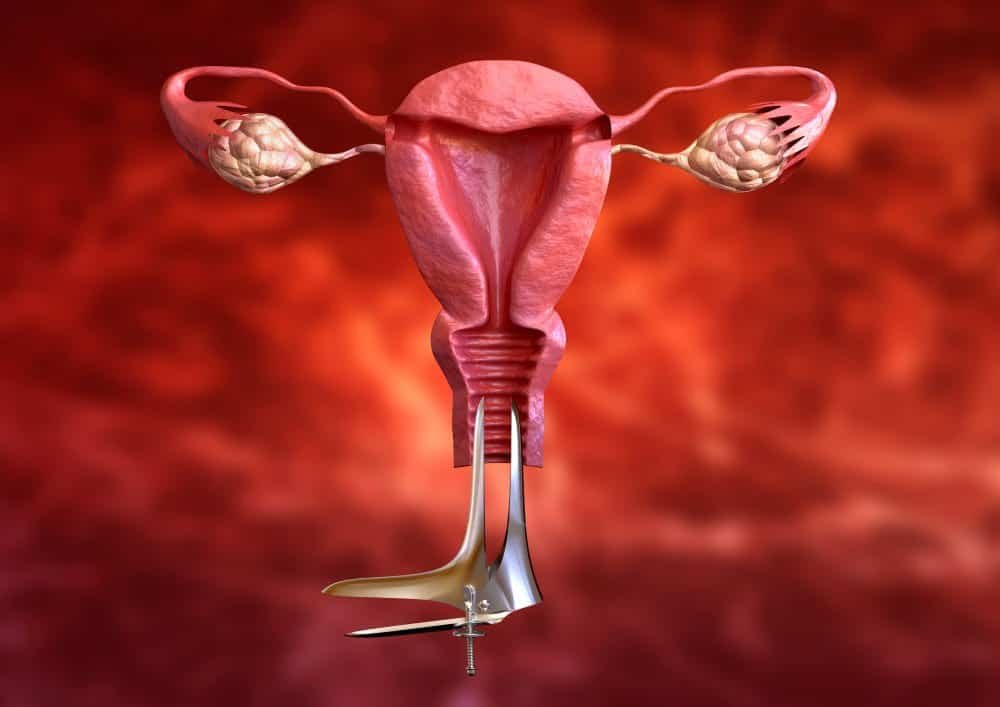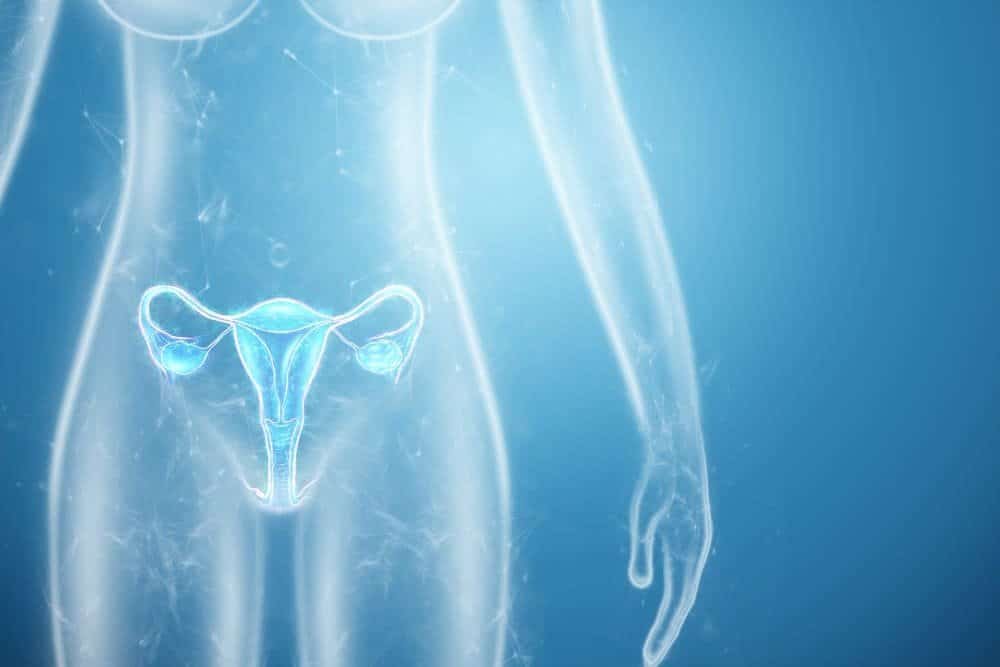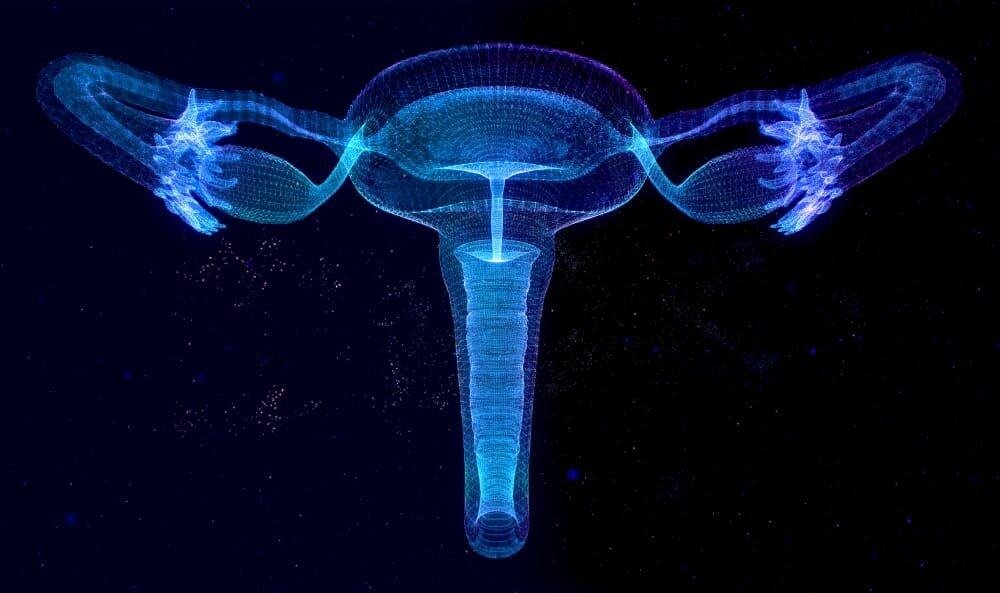When you’re considering treatment for painful fibroids, it’s natural to wonder about uterine fibroid embolization side effects. Understanding what’s normal, what’s rare, and how recovery feels can make the journey less intimidating and much more empowering. 🌿
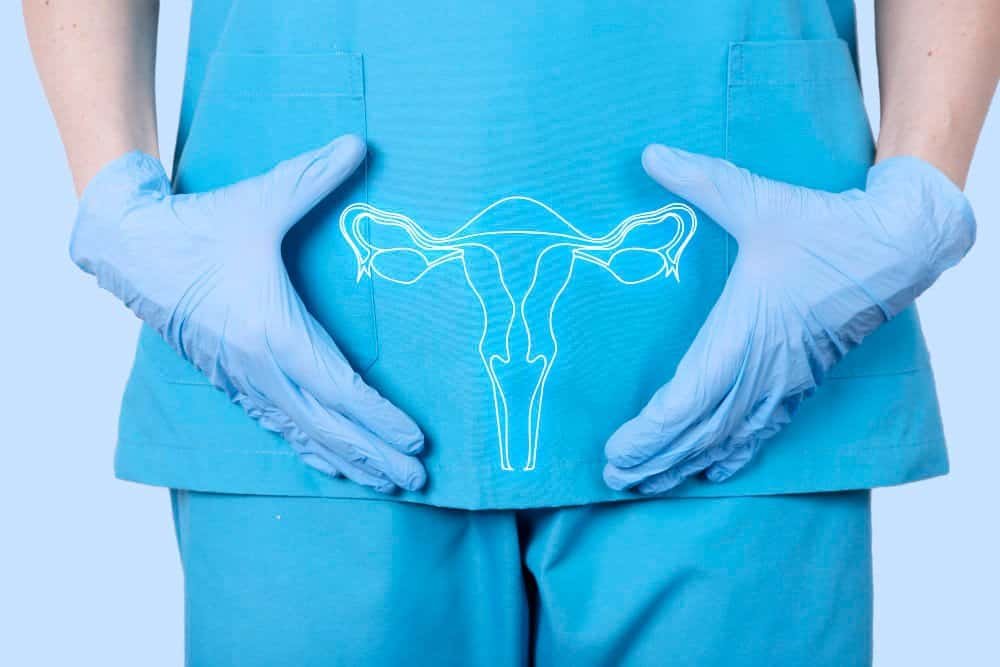
Why Talking About UFE Side Effects Matters
Uterine Fibroid Embolization (UFE) — also known as Uterine Artery Embolization — is a minimally invasive treatment that blocks blood supply to fibroids, causing them to shrink.
It’s a safe and well-tolerated procedure for most women and is often chosen as an alternative to hysterectomy or myomectomy.
However, like any medical therapy, possible side effects exist — and knowing them helps you prepare, recover faster, and feel confident in your decision. 💛
Understanding the Fibroid Embolization Process
UFE treats benign uterine fibroids by:
- Using a flexible catheter inserted through the upper thigh
- Reaching the uterine artery
- Releasing tiny particles to block blood flow
- Causing fibroids to lose blood supply and shrink over time
Because it’s minimally invasive, the UFE recovery timeline is usually quicker than major surgical operations — most patients go home the same day.
Common Side Effects After UFE (Short-Term & Expected)
After any medical procedure, it’s normal to experience some side effects as your body begins to heal. Uterine artery embolization side effects are generally predictable and manageable.
The most common experience is a set of symptoms known as post-embolization syndrome. This is not a complication but a sign the treatment is working. You might feel:
- Pelvic Pain and Cramping: This is the most common side effect. As the fibroids break down, you may experience moderate to severe cramping. This pain is temporary and well-controlled with prescribed drug therapy.
- Mild Fever: A low-grade fever can develop for a few days post-procedure. It’s part of your body’s natural inflammatory response to the treated tissue.
- Fatigue and Discomfort: You will likely feel tired for several days as your body uses energy to recover. General malaise or a flu-like feeling is also normal during this period.
These symptoms typically peak within the first 24 hours and gradually subside over the next week. We will provide you with everything you need to manage this discomfort and ensure you can rest comfortably.
💡 Tip: Gentle movement, hydration, and rest help reduce discomfort.
Your Recovery Timeline After UFE 🗓️
One of the biggest benefits of UFE therapy is the faster recovery timeline compared to surgical options. While every patient’s experience is unique, here is a general timeline of what to expect as you recover.
- The First 24 Hours: Most patients stay in the hospital overnight for observation. Your primary focus will be managing pain and resting.
- The First Week: You will be discharged to go home and recover. We recommend taking it easy and avoiding strenuous activity. You can expect to gradually feel stronger each day. Most women are able to return to work and light activities within one to two weeks.
- The Following Months: This is when you’ll truly start to notice the relief of fibroid symptoms. As the fibroids continue to shrink, you should see a significant reduction in heavy bleeding, pain, and pelvic pressure. Your menstrual period should become lighter and more manageable. It can take three to six months to experience the full benefits.
🩸 Bleeding Changes: What to Expect
UFE shrinks fibroids that cause heavy menstrual bleeding, so over time bleeding reduces significantly.
In the recovery period, you might notice:
- Slight bleeding or spotting
- A heavier first period
- Temporary irregular cycles
This normal adjustment reflects the uterus healing and returning to a more natural cycle pattern.
Pain & Cramping After UFE
Pain is most noticeable in the first 24–72 hours. medication is usually provided.
The sensation often feels like:
- Strong period cramps
- Pelvic pressure
- Lower back discomfort
These symptoms gradually fade and are a sign that UFE is working to destroy fibroid tissue.
🧠 Post-Embolization Syndrome — Common & Temporary
Some women develop post-embolization syndrome, a mild, temporary reaction due to fibroid breakdown.
Symptoms may include:
- Fatigue
- Fever
- Achiness
- Nausea
It usually resolves within 3–7 days and is treated with rest and medication.
Think of it as your body clearing old tissue — like a renovation happening inside your uterus.
Can UFE Cause Early Menopause?
For most women, UFE does NOT affect hormones or cause menopause.
In women nearing menopause, periods may change — but this can happen naturally as well.
This is different from hysterectomy, which immediately ends menstruation.
UFE vs Surgery — Side Effect Comparison
| Category | UFE | Hysterectomy |
|---|---|---|
| Approach | Minimally invasive | Major surgery |
| Hospital stay | Same-day discharge | 2–3 days average |
| Recovery | Days to weeks | 6–8 weeks |
| Uterus | Preserved | Removed |
| Blood loss | Minimal | Higher risk |
| Infection risk | Very low | Higher |
| Fertility | Often preserved | Eliminated |
UFE offers a gentle, uterus-preserving option for symptomatic fibroids without major surgery.
When to Call Your Doctor
Seek medical advice if you experience:
- Persistent high fever
- Foul-smelling discharge
- Difficulty urinating or leg swelling
- Heavy bleeding that doesn’t improve
- Increasing pelvic pain instead of improving
Most patients never encounter these — but awareness matters.
Recovery Timeline & What You Can Do
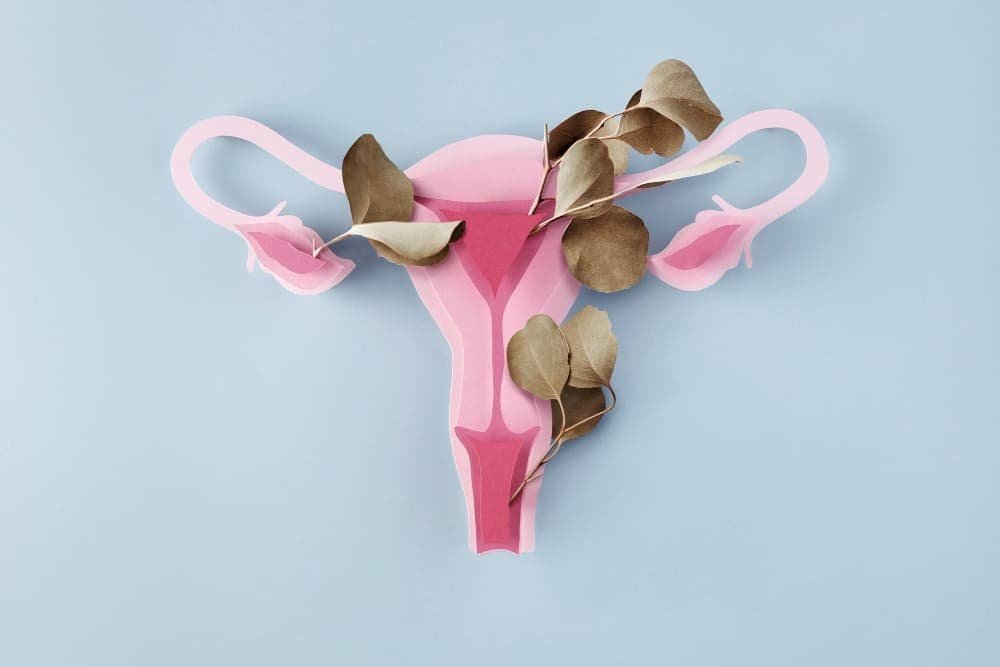
Day 1–3
- Rest, fluids, medication
- Expect cramping and fatigue
Day 4–7
- Symptoms improve
- Light movement encouraged
Week 2–4
- Most women return fully to daily activities
- Gradual return to exercise
Month 3–6
- Fibroids continue shrinking
- Symptoms steadily improve
- Pelvic pressure, bleeding, and pain fade significantly
Many women say UFE gave them their life back.
Practical Tips for Smooth Recovery
- Stay hydrated
- Take prescribed pain relief
- Walk a little each day 🏃♀️
- Avoid heavy lifting for 1–2 weeks
- Give your body time — healing happens gradually
Recovery is different for everyone, but most feel a dramatic change by 3 months.
Safe, Effective, and Life-Changing
Uterine Fibroid Embolization side effects are usually mild, temporary, and manageable — especially compared to major surgery.
UFE therapy:
- Treats fibroids without removing the uterus
- Offers relief of fibroid symptoms
- Helps women recover faster
- Is well-tolerated by most patients
- Is a proven, popular, and effective fibroid solution ✅
Understanding what to expect brings confidence — and confidence leads to healing. 💕

 العربية
العربية 